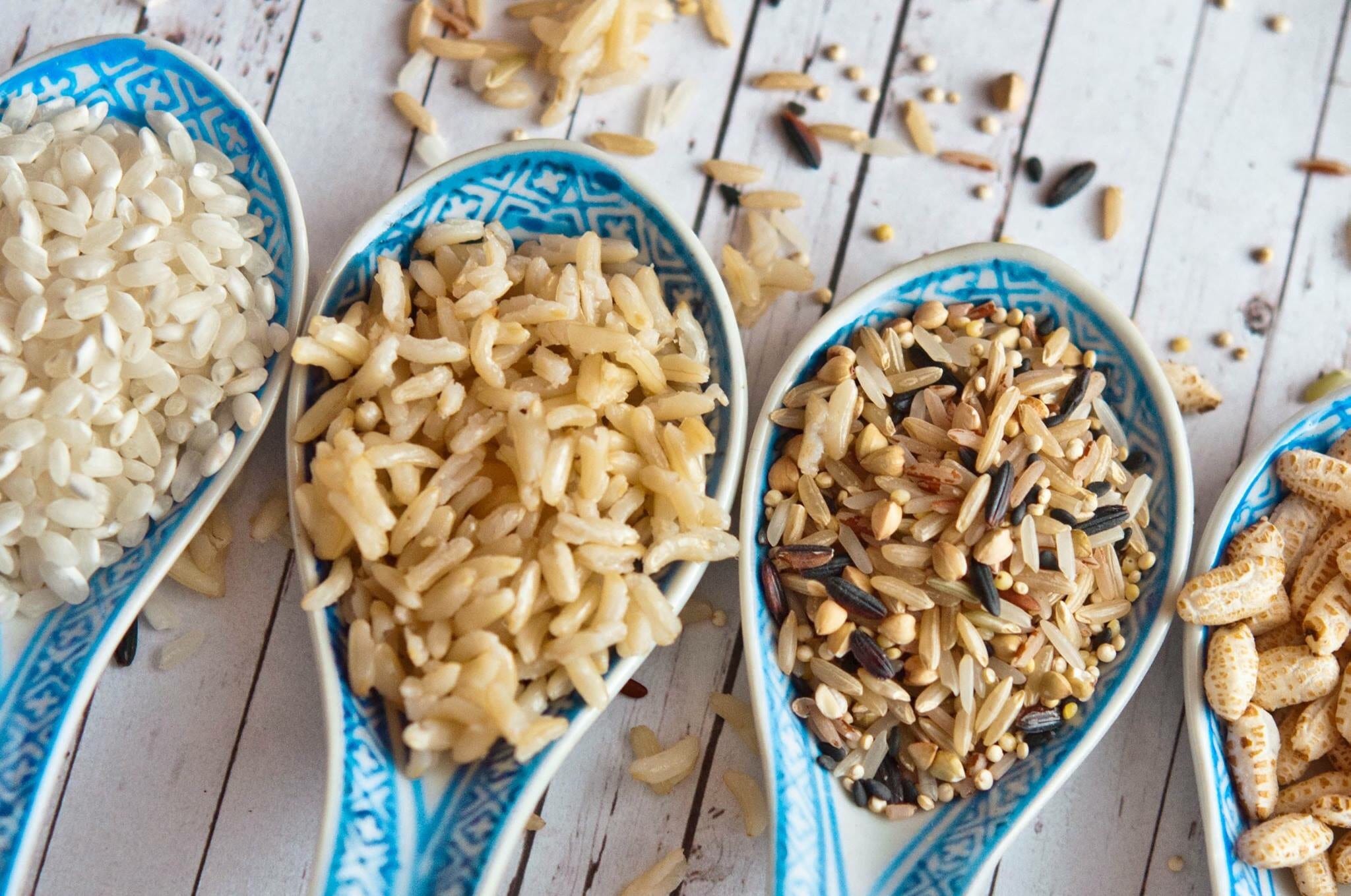Koolmill is a small U.K. company with a grand plan to drag a Stone Age industry into the digital age, according to its managing director, Alec Anderson. The industry in question is rice milling, which involves removing hulls and bran from paddy grains to produce the edible rice that feeds half the world’s population every day.
Like other manufacturers, Koolmill currently produces and sells rice milling machines to its customers. But there’s a limit to potential earnings with this model: Most of Koolmill’s clients are based in low-income countries, such as China and India, which greatly impacts the pricing of machines. Switching to a servitized approach—offering rice-milling-as-a-service (RMaaS)—would ultimately allow the company to grow financially while delivering much more value to its customers. So what would this look like in practice? Koolmill would supply machines to milling partners and provide a set number of milling hours a month for a given fee, rather than simply sell them a product.
This is a big step-change for an antiquated industry that has altered little in millennia. “After 8,000 years of rice milling, we are only on the third generation of technology,” Anderson jokes.
Servitization, in which manufacturers offer additional services beyond selling products, is still a fairly alien concept in this market. But Anderson believes that working in partnership with customers will greatly benefit both parties.
Creating Value Out of Service
The idea is to shift customers’ focus away from thinking about costs to talking instead about creating value. Customers must become partners with Koolmill and share the goal of producing high-quality rice with higher yields. To do that, it’s vital Koolmill ensures the machines are working efficiently.
“Monitoring the machines is important because that can cost us a lot of money if they are not being used properly,” Anderson says.
Monitoring was built into the technology from day one. Originally, data was stored on a memory card, which acted like an airplane black box, recording how the machine was used. Now, the company is working with Siemens to create a near real-time monitoring system, using digital twin technology and augmented reality, so it can proactively anticipate problems, including the need for repair or spare parts, rather than simply react to situations.
This ability to maximize performance of machines in real time could be worth millions a year, dwarfing the costs of renting the machinery, and giving customers a reason to invest in the new model.
The Rice Revolution
In addition to its innovative servitization plans, Koolmill has developed a brand new milling technology that could change how the world eats. While traditional manufacturers use mechanical force to mill rice, Koolmill treats it like a fluid, which requires a gentler process. This enables Koolimill to drastically cut its power usage (compared to competitors) while simultaneously reducing waste.
This could have a significant environmental impact, as a colossal 60 million tonnes of rice are lost every year through poor storage and milling, according to Anderson. Koolmill’s ultra-efficient technology means less paddy is needed to produce the same volume of rice.
Alongside these environmental benefits, there’s also a significant social benefit. Adopting an RMaaS model in combination with the new milling approach provides technology access to as many as 1.5 million small, local mills that otherwise could not afford it.
These small players lack the capital to buy milling equipment or produce the volumes of rice that keep big mills running, and therefore, use antiquated equipment that is costly to run.
“Something like 90% of the equipment bought in the next five years for rice milling is equipment that was used in Western mills in the 1980s,” Anderson says.
But now, Koolmill can help level the playing field—or at least enable smaller mills to run more profitable businesses. “The big boys don’t need to do anything. They are making money,” Anderson says. “But the SMEs are desperate. They are barely scraping by, but they can’t get the finance to invest in machines.”
Making the Dream a Reality
Anderson recognizes that putting the right revenue model for its RMaas approach will be key to Koolmill’s success. So Koolmill is currently operating two pilots, one in China and one in India, to help the company develop the correct cost and revenue models. They will also educate local markets and act as a proof of concept of the technology and servitization.
“I would say the technology is not the challenge right now—it’s a cultural challenge,” Anderson says. “It’s about changing the mindset of people who are locked into this established way of milling rice that they have been doing for 100 years.”
But the future requires transformative action. By 2050, rice production will need to increase 70% to meet demand. And Koolmill hopes to play a major role in reducing the water, manpower, and environmental and economic impact needed to get there.


Well written article around a very impressive topic, Janine. Couldn’t resist sharing it on Linkedin. Looking forward to more such great inputs.
This is very interesting to know how servitization can be applied to a process like rice milling. Would love to understand more about how is this getting managed from a systems perspective. Not far are the days where we would see many more such stories now that more and more businesses are becoming ‘Digi-savvy’.